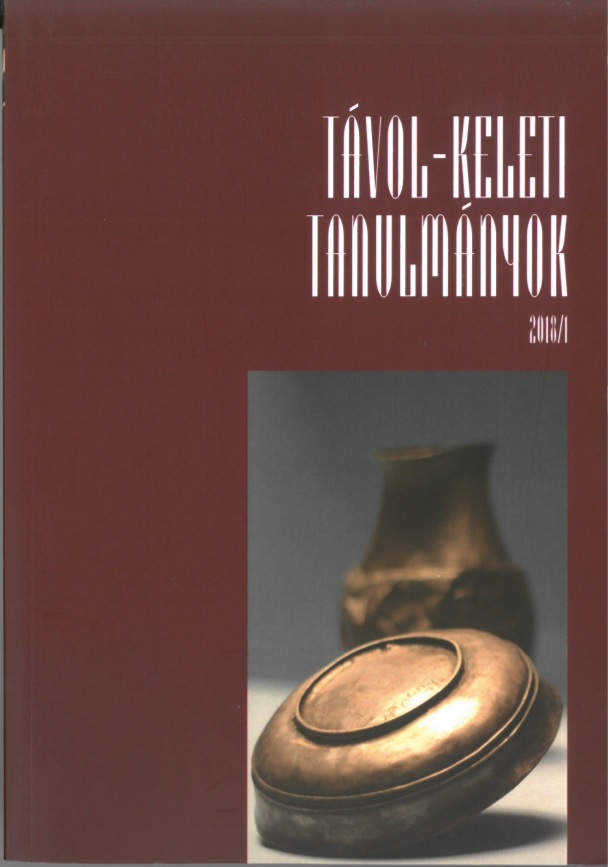Published 2019-03-30
Keywords
- stenography,
- Japanese language,
- history of language,
- Meiji period,
- genbun icchi
- history of writing,
- rakugo ...More
How to Cite
Copyright (c) 2019 the author(s)

This work is licensed under a Creative Commons Attribution-NonCommercial 4.0 International License.
Abstract
While the stenographic records of the Meiji era have been analyzed in the context of linguistic research into the unification of the spoken and written language (gembun icchi 言文一致), vocabulary and grammar, there is some debate as to the value of these records. This paper aims to clarify what kinds of difference occurred in the process of translating and typing the shorthand symbols into magazines and newspapers. It has become clear that the stenographed speeches published in newspapers and magazines were not faithful reproductions of the original texts. To make it easier for the reader to understand, mistakes were rectified in the transcribing process, words and word forms were corrected by the stenographer and/or the editor. It seems that- as linguistic material - the value of a stenographic record is higher than that of a shorthand book. However, very few shorthand manuscripts have so far been confirmed and in genre they are closer to stenographed speeches. We can assume that if a shorthand manuscript such as rakugo 落語 or the Imperial Congressional Record were to be discovered, our understanding of the Meiji period Japanese language would be further enhanced.

